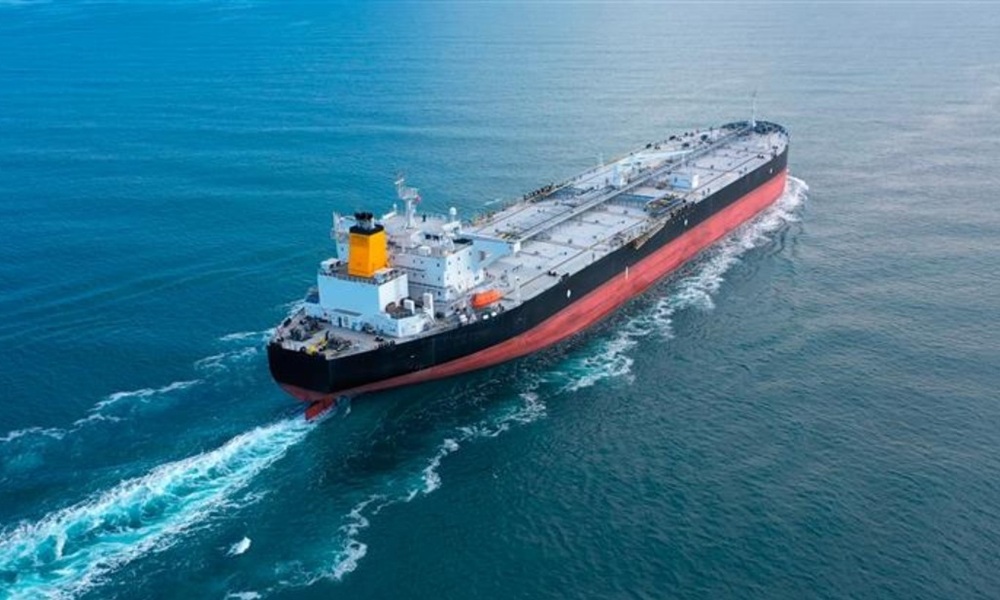The Baltic Exchange has expanded its tanker benchmark portfolio with two new aframax routes reflecting the rise of Canadian crude exports to Asia and growing geopolitical uncertainty in global oil trade.
The new assessments — TD28, which tracks voyages from Vancouver to Ningbo, China, and TD29, covering Vancouver to the Pacific Area Lightering (PAL) zone off the US West Coast — have been developed to meet increased market demand for transparent pricing on Canada’s Pacific export routes. TD28 recently went live on the Intercontinental Exchange (ICE), while TD29 is still in development.
Both routes have emerged as key trade flows following the Trans Mountain Expansion (TMX) project, which began commercial operations in May 2024. The $23bn expansion nearly tripled the pipeline’s capacity from 300,000 bpd to 890,000 bpd, significantly increasing Vancouver’s export capability. The upgraded Westridge Marine Terminal can now handle up to 34 aframax calls per month — up from just five previously.
“This is a classic example of the Baltic responding directly to market needs,” said Matt Cox, head of benchmark production at the Baltic Exchange, adding: “These routes reflect how tanker trades evolve in response to geopolitical realities — from tariff disputes and sanctions to shifting energy supply chains.”
The TMX expansion has positioned Canada as a growing alternative supply source for Asia, especially as refiners seek to diversify amid US-China trade tensions and restrictions on Russian crude. Aframaxes are now the workhorses of the route, as fully laden VLCCs cannot load at Vancouver. Cargoes either sail directly to China under TD28 or transfer to larger vessels off California under TD29.
The Baltic said the two benchmarks underwent its full development process — including blind trials, consultation with market panellists, and liquidity assessments — before being approved.
“These benchmarks are the result of extensive collaboration and monitoring,” Cox said. “They reflect genuine trade flows and add value by improving transparency in a fast-changing market.”
The launch comes as the Baltic strengthens its freight data coverage amid global energy realignment, new trade corridors, and regulatory measures such as EU ETS and FuelEU Maritime.
“With Canada’s Pacific capacity now reshaping global supply chains, TD28 and TD29 will play an important role in supporting market confidence and price discovery,” Cox noted.
